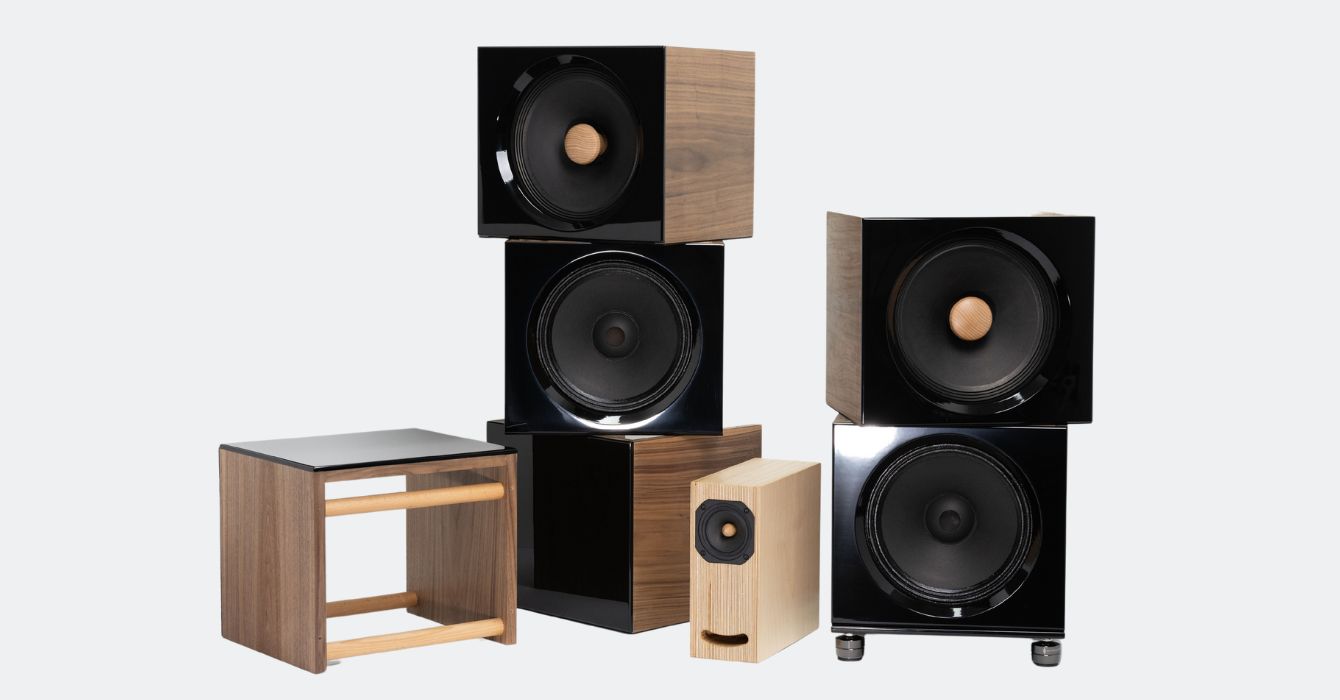Creating a home environment that delivers exceptional sound quality doesn't require a professional studio setup. With a few strategic adjustments, you can dramatically enhance the auditory experience in any room of your house. In this guide, we’ll cover practical steps to help you achieve better sound in your home, from speaker placement to room acoustics.
1. Understand the Importance of Speaker Placement
Proper speaker placement is foundational to achieving balanced and immersive sound. Here are some key tips:
-
Form a Listening Triangle: Place your speakers and listening spot to form an equilateral triangle. This ensures an even soundstage and better stereo imaging.
-
Distance from Walls: Avoid placing speakers directly against walls. This can amplify bass in ways that muddy the sound. Aim for at least a few inches of clearance.
-
Height Matters: Align tweeters (the part of the speaker responsible for high frequencies) at ear level for the most accurate sound reproduction. Consider stands or arrange the space so that the height is appropriate.
2. Optimize Room Acoustics
The way sound travels through your room is influenced by its shape, size, and materials. Here's how to create a more acoustically friendly environment:
-
Use Soft Furnishings: Carpets, curtains, and upholstered furniture absorb sound reflections, reducing echoes and enhancing clarity.
-
Break Up Hard Surfaces: Bare walls and hardwood floors can cause harsh reflections. Add rugs, bookshelves, or acoustic panels to balance the acoustics.
-
Experiment with Placement: Move furniture and speakers to minimize standing waves and optimize sound distribution.
3. Tackle Low-Frequency Challenges
Bass frequencies are particularly tricky to manage. They’re affected by room dimensions and speaker placement:
-
Avoid Corners: Placing speakers or subwoofers in corners can exaggerate bass, making it overpowering.
-
Experiment with Placement: Try positioning your subwoofer at different spots in the room and test how it sounds at your listening position.
-
Add Bass Traps: These are specialized foam panels that absorb low-frequency sound waves, reducing muddiness.
4. Experiment with Speaker Angle and Direction
Adjusting the angle of your speakers can have a significant impact:
-
Toe-In for Clarity: Slightly angling your speakers inward toward the listening position can enhance focus and detail.
-
Balance Reflections: Direct the speakers’ sound away from hard reflective surfaces to avoid harsh or tinny audio.
5. Test and Tune
After setting up your speakers, fine-tune your arrangement to get the best sound:
-
Use Test Tracks: Play familiar, high-quality music to identify areas for improvement. Vinyl and analog music fans can use records to test clarity and warmth.
-
Measure and Adjust: Use a smartphone app or decibel meter to measure sound levels in different parts of the room.
-
Sweet Spot Optimization: Fine-tune the sweet spot—the optimal listening position—by slightly moving your speakers or seat.
6. Consider Advanced Tools
For those seeking perfection, advanced acoustic tools can make a difference:
-
Acoustic Panels: Professionally designed panels can absorb unwanted echoes and improve sound clarity.
-
Equalizers: Modern AV receivers and standalone equalizers allow precise control of frequency output.
-
Room Correction Software: Many audio systems offer built-in software to automatically adjust settings for your room’s acoustics.
7. Choose the Right Equipment
Selecting the appropriate audio gear enhances your listening experience:
-
Full Range Speakers: These speakers reproduce a wide spectrum of frequencies, ideal for audiophiles seeking immersive sound.
-
Compact Drivers: Perfect for smaller spaces, they provide clarity without overwhelming the room. A good choice might be the Closer Acoustics OGY speakers
-
Turntables and Vinyl: Analog music enthusiasts should invest in quality turntables and ensure proper isolation to minimize vibrations.
Conclusion
With a bit of planning and experimentation, you can create a home audio setup that delivers rich, immersive sound tailored to your space. Remember, every room is unique, so don’t be afraid to tweak and adjust until you achieve the perfect balance. Whether you’re enjoying music from a full range speaker, a compact driver system, or your favorite vinyl records on a turntable, better sound is just a few steps away.





